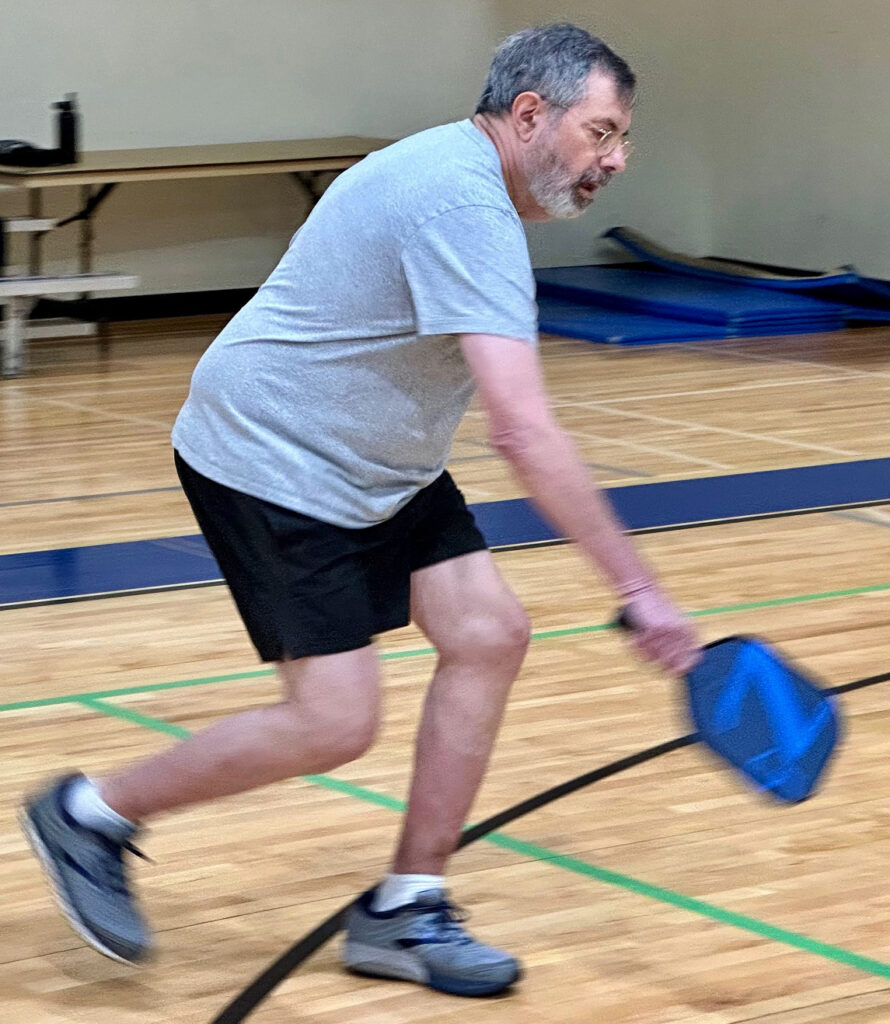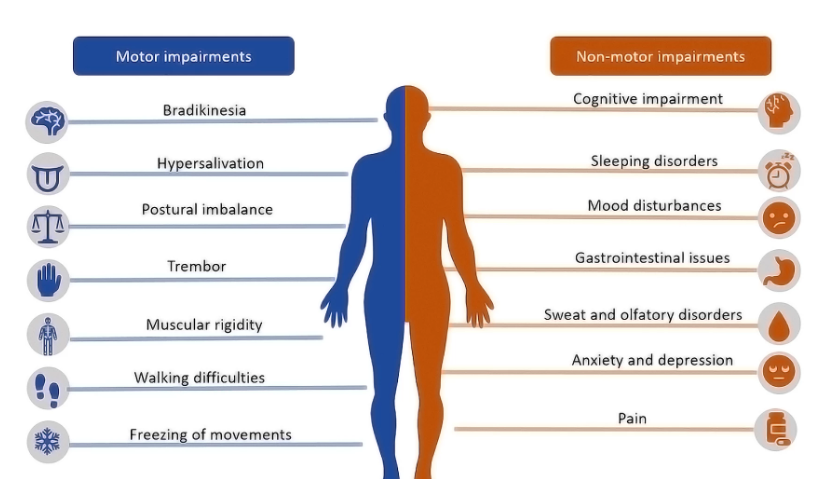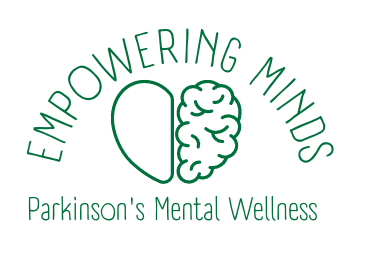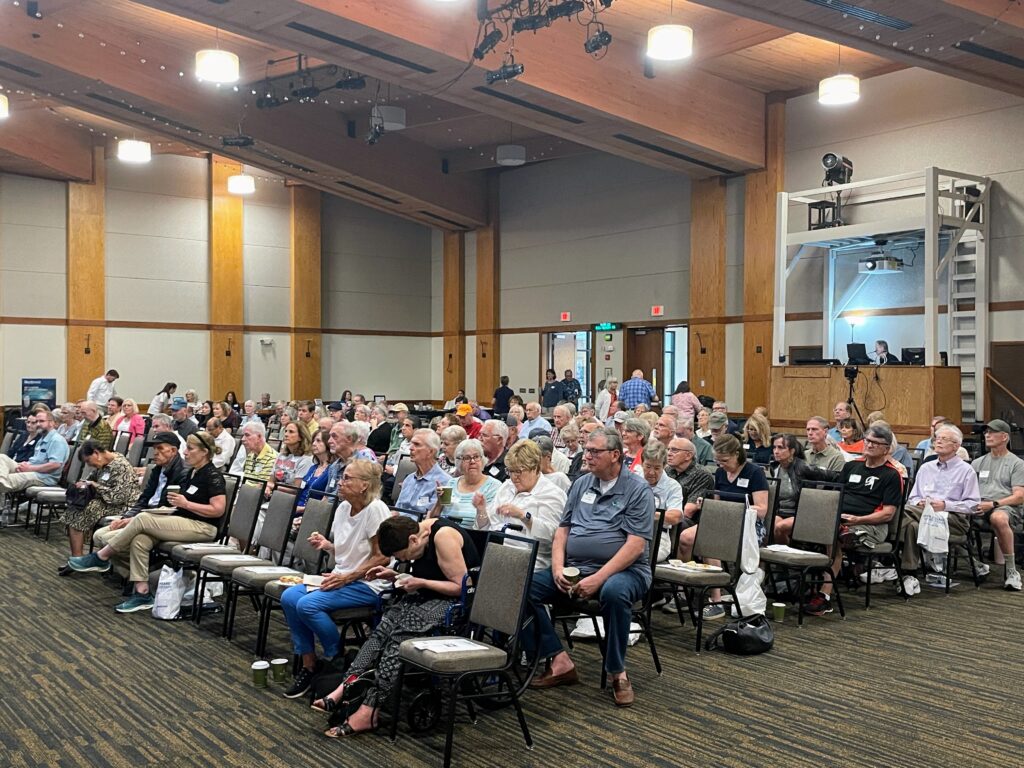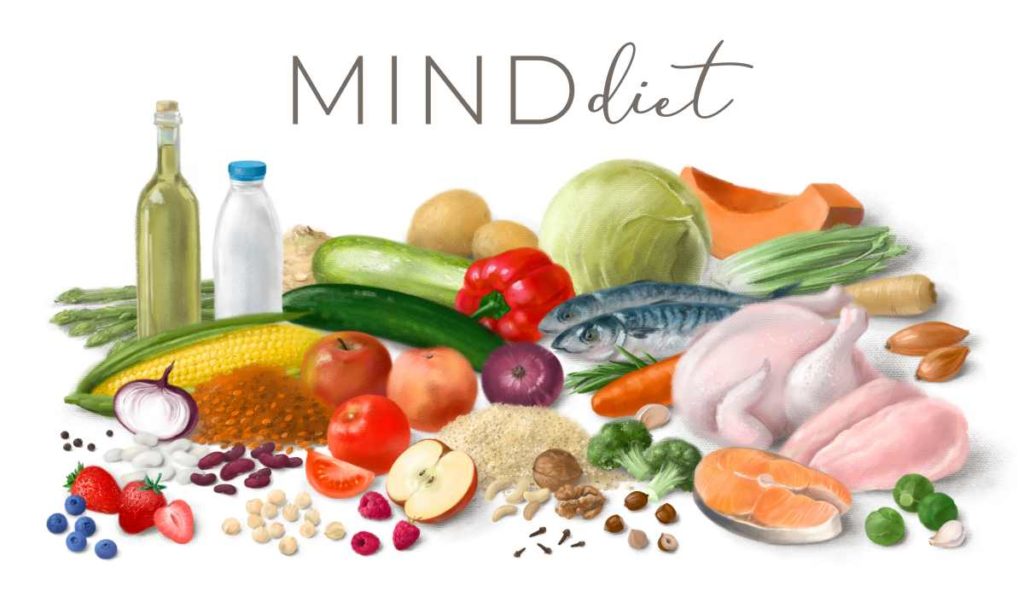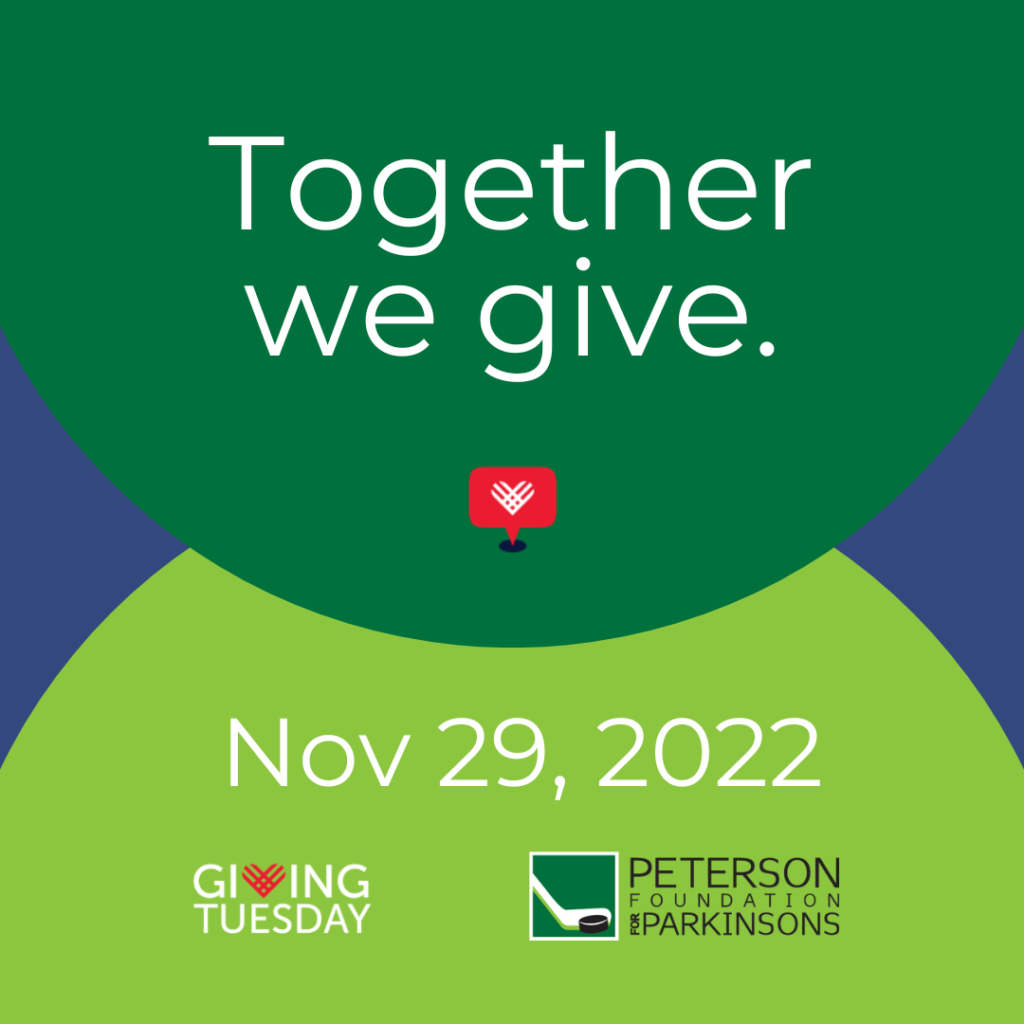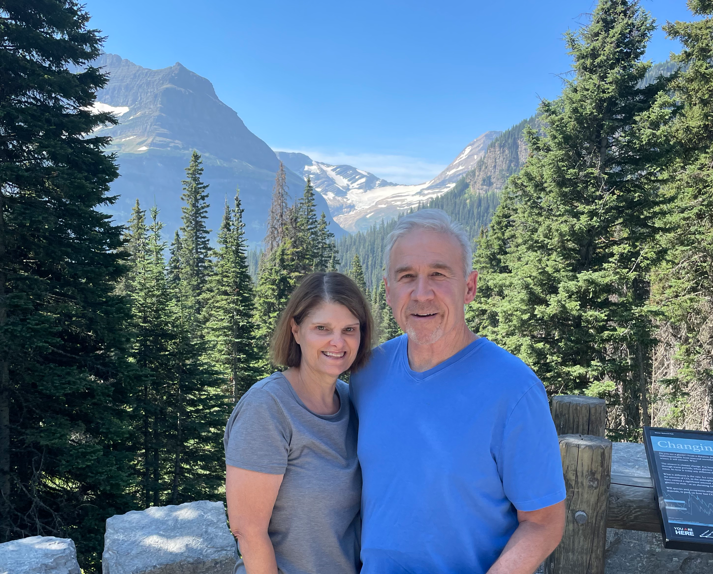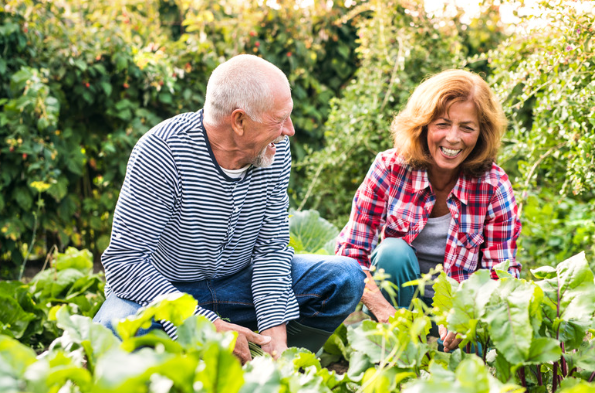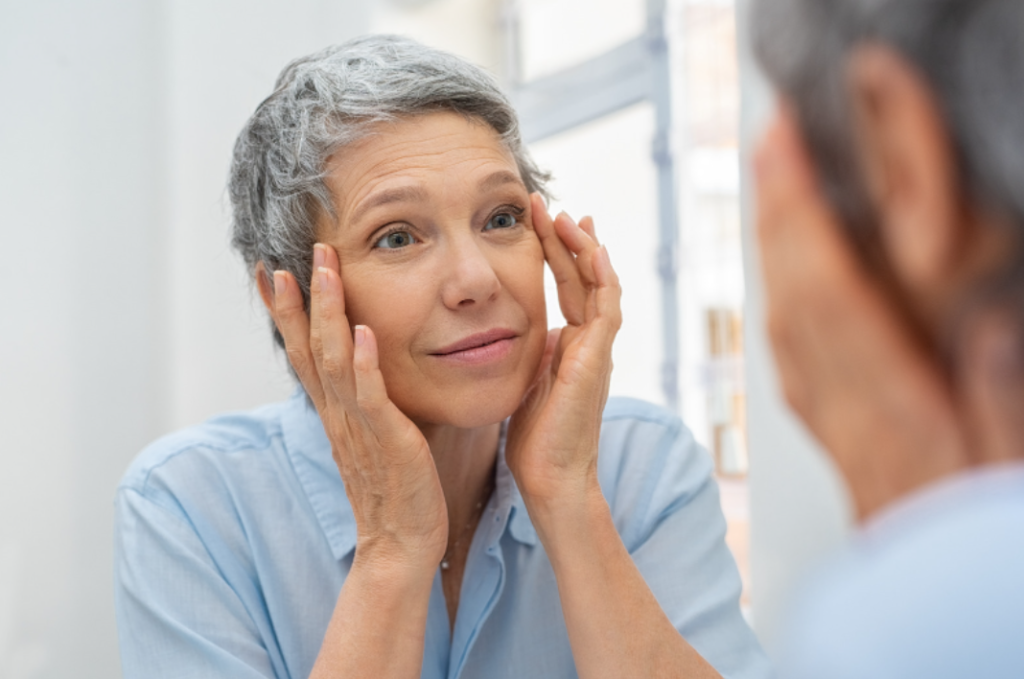Parkinson’s Disease (PD) FAQs
What is Parkinson’s Disease?
Parkinson’s disease is a progressive neurological disorder or disorder of the brain.
How is Parkinson’s Disease diagnosed?
No specific test exists to diagnose PD. Your doctor trained in nervous system conditions (neurologist) will diagnose PD based on your medical history, a review of your signs and symptoms, and a neurological and physical examination.
What causes Parkinson’s Disease?
The exact cause of PD is not known, although scientists believe it results from a combination of genetic and environmental factors.
What are the symptoms of Parkinson’s Disease?
The most common symptoms of PD include tremor at rest, rigidity (stiffness), bradykinesia (slowness of movement) and postural instability (lack of balance).
How many people are currently living with Parkinson’s Disease?
Worldwide, there are more than 10 million people living with PD.
How many people are diagnosed with Parkinson’s Disease each year?
Every year in the US, 60,000 people are diagnosed with PD.
Can Parkinson’s Disease be cured?
Not yet. However, many PD symptoms can be treated, and researchers are making advances in understanding the disease, its causes and how to best treat it.
What are the stages of Parkinson’s Disease?
The stages of PD correspond to the severity of movement symptoms and to how much the disease affects a person’s daily activities. At all stages of PD, effective therapies are available to ease symptoms and make it possible for people with PD to live well.
- Mild PD: movement symptoms, often tremor, occur on one side and may be inconvenient, but do not affect daily activities. Regular exercise improves and maintains mobility and balance, it also reduces depression and constipation.
- Moderate PD: movement symptoms occur on both sides of the body. The body moves more slowly and trouble with balance and coordination may develop. Regular exercise combined with physical or occupational therapy can help with mobility and balance.
- Advanced PD a person may have great difficulty walking; may be in a wheelchair or bed most of the day. The person will need assistance with all daily activities. Balancing the benefits of medications with side effects becomes more challenging.
I’m struggling with my diagnosis, and I need support. Where do I go to find it?
You’ve come to the right place! Join the Peterson Foundation for Parkinson’s community to share your own experiences and learn from others. Click here to find a local support group.
Who is more likely to develop Parkinson’s Disease: Men or women?
PD affects both men and women, though about 50% more men are affected than women.
Is Parkinson’s Disease considered a movement disorder?
PD is a movement disorder that is degenerative and chronic, and symptoms continue and generally worsen over time.
Does Parkinson’s Disease only affect individuals of advanced age?
While PD does tend to affect people over age 60 more often, in about 5% to 10% of cases, “early onset” PD can begin in people as young as age 40.
When is Parkinson’s Awareness Month?
Parkinson’s Awareness Month is observed in April. Parkinson’s Awareness Month is an opportunity to increase awareness about the ailment and its symptoms, as well as to support those living with PD.
When did World Parkinson’s Day Start?
World Parkinson’s Day on April 11 began in 1997. It commemorates the birthdate of Dr. James Parkinson, the man who first identified the disease nearly 200 years ago.
Which is the best symbol for Parkinson’s Disease?
The red tulip is the symbol of Parkinson’s disease awareness. A purple ribbon is the chosen color to wear in support of people with the disease.

 Bonnie Kays might be one of the most active members of the Franklin Support Group. Not only is Bonnie on the Steering Committee, but she participates regularly in the Peterson Painters, Peterson Crafters and the Women with PD support group. If you are at any Franklin event, you can’t miss Bonnie.
Bonnie Kays might be one of the most active members of the Franklin Support Group. Not only is Bonnie on the Steering Committee, but she participates regularly in the Peterson Painters, Peterson Crafters and the Women with PD support group. If you are at any Franklin event, you can’t miss Bonnie.